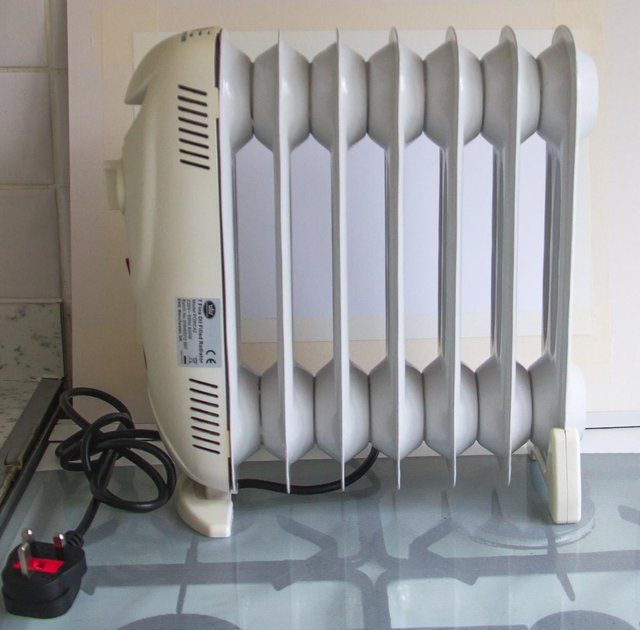
Symptoms of a Bad or Failing Oil Cooler
Content
Common signs include oil or coolant leaking from an oil cooler, oil entering the cooling system, and coolant entering the oil.
The oil cooler on any stock car is an important engine component designed to keep modern cars, trucks and SUVs running smoothly on the roads they drive on a daily basis. Whether you have a 2016 BMW or an older but reliable 1996 Nissan Sentra, the fact remains that any car's cooling system must be in working order in all weather and driving conditions. While most drivers never interact with their oil coolers, keeping them in working order will prolong their life. However, like any other mechanical component, they can, and often do, wear out.
The engine oil cooler is designed to allow the engine cooling system to remove excess heat from the oil. These types of coolers are usually a water-to-oil type heat exchanger. In most vehicles on the road, engine oil is supplied to the oil coolers through an adapter located between the engine block and the engine oil filter. The oil then flows through the cooler tubes and the engine coolant flows through the tubes. The heat from the oil is transferred through the walls of the tubes to the surrounding coolant, in many ways similar to the operation of an indoor air conditioner for residential buildings. The heat absorbed by the engine's cooling system is then transferred to the air as it passes through the car's radiator, which is located in front of the engine behind the car's grille.
If the vehicle is serviced as needed, including scheduled oil and filter changes, the oil cooler should last as long as the vehicle's engine or other major mechanical components. However, there are times when constant maintenance cannot prevent all possible damage to an oil cooler. When this component begins to wear out or break, it displays several warning signs. The following are some of these symptoms that may alert the driver to replace the oil cooler.
1. Oil leak from the oil cooler.
One of the components that make up the oil cooling system is the oil cooler adapter. An adapter connects the oil lines to the radiator itself, while another adapter sends the "cooled" oil back to the oil pan. There is a gasket or rubber o-ring inside the adapter. If the oil cooler adapter fails externally, engine oil can be forced out of the engine. If the leak is small, you may notice a puddle of engine oil on the ground under your vehicle, or quite possibly a stream of oil on the ground behind your vehicle.
If you notice an oil leak under your engine, it's always a good idea to see a professional mechanic so they can determine where the leak is coming from and fix it quickly. When oil leaks, the engine loses its ability to be lubricated. This can lead to increased engine temperatures and premature wear of parts due to increased friction due to lack of proper lubrication.
2. Engine coolant leak from oil cooler.
Similar to oil loss, failure of an external oil cooler can cause all of the engine coolant to drain out of the engine. Whether your coolant leak is large or small, you will eventually overheat your engine if you don't fix it quickly. If the leak is small, you may notice puddles of coolant on the ground under the vehicle. If the leak is large, you will probably notice steam coming out from under the hood of your car. As with the symptom above, it's important to see a professional mechanic as soon as you notice a coolant leak. If enough coolant leaks from the radiator or oil cooler, it can cause the engine to overheat and damage mechanical components.
3. Oil in the cooling system
If the oil cooler adapter fails internally, you may notice engine oil in the cooling system. This is because when the engine is running, the oil pressure is greater than the pressure in the cooling system. Oil is injected into the cooling system. This will eventually lead to a lack of lubrication and can seriously damage the engine.
4. Coolant in oil
When the engine is not running and the cooling system is under pressure, coolant can leak from the cooling system into the oil pan. A high oil level in the sump can damage the engine due to the crankshaft hitting the oil as it rotates.
Any of these symptoms will require flushing both the cooling system and the engine to remove any contaminated fluids. The oil cooler adapter, if it fails, will need to be replaced. The oil cooler also needs to be flushed or replaced.